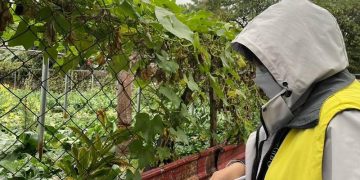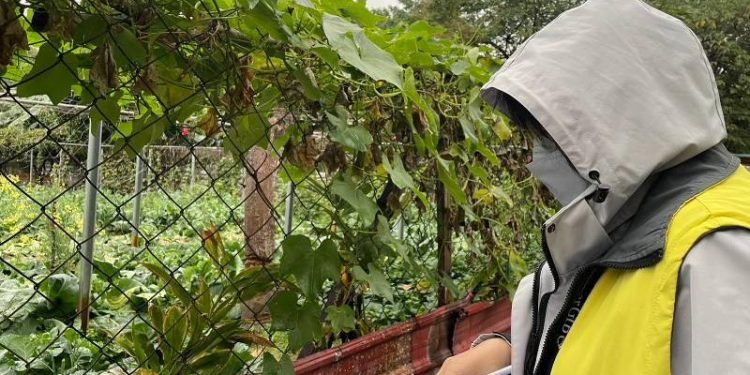#Agriculture #PearOrchards #TeaPlantations #ColdWeatherProtection #FrostPrevention #AgriculturalInnovation
New Taipei City’s Meteorological Bureau has issued an orange-level low-temperature advisory, signaling temperatures below 10 degrees Celsius in the upcoming days. As the city braces for the chilling impact, local authorities have initiated a comprehensive reporting mechanism, maintaining constant communication with district offices to promptly assess the conditions of crops. Recognizing that low temperatures can slowly harm crops, with effects lasting for an extended period, the Agriculture Bureau remains vigilant about monitoring agricultural conditions across the region.
Challenges in Pear Orchard Management
Currently approaching the high-grafting season for pears, consecutive bouts of low temperatures and rainfall pose potential threats to grafting, leading to impaired flowering and lower fruiting rates. Farmers in pear-producing regions are advised to exercise caution and wait until after the cold spell before engaging in grafting operations to avoid potential losses.
Tea Tree Care Amidst Temperature Fluctuations
In tea-producing areas, recent pruning and fertilization activities have left tea trees in a semi-dormant state, awaiting the emergence of spring tea buds anticipated between late February and early March. Prolonged periods of low temperatures can result in bark fissures and root damage. To counteract this, tea farmers can employ strategies such as spraying water to release heat and mitigate soil and air cooling. Additionally, covering the canopy with PE plastic or using organic materials like peanut shells in the tea garden can provide insulation, shielding the tea trees from potential harm.
Agricultural Bureau’s Continuous Efforts and Assistance
The New Taipei City Agriculture Bureau emphasizes proactive measures, disseminating cold prevention guidelines through district offices and agricultural associations. Recent field inspections conducted by city officials aim to evaluate the slow-emerging impact of low temperatures on crops. Given the delayed manifestation of damage and its prolonged duration, ongoing monitoring efforts, in collaboration with district offices, remain crucial. In cases where the extent of damage reaches the criteria for agricultural natural disaster assistance, immediate efforts will be made to secure assistance from the central government, ensuring the protection of farmers’ interests.


































